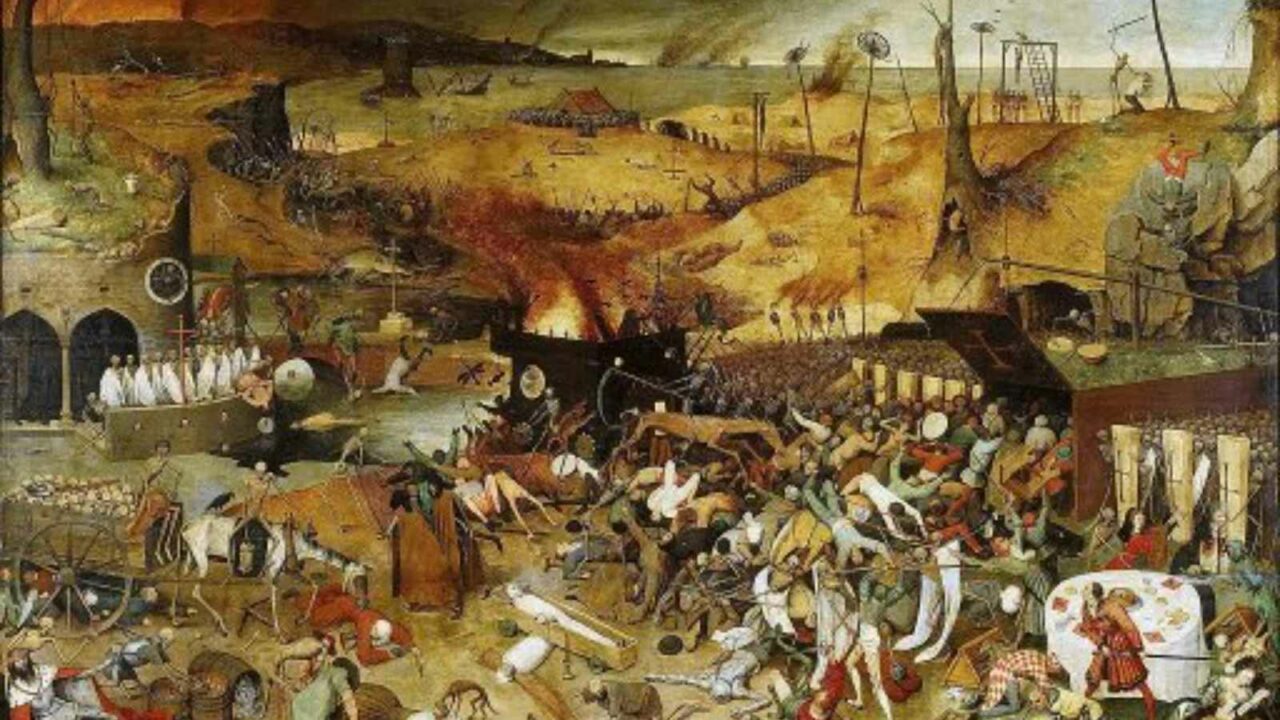End of the Middle Ages Day occurs annually on May 29. This date in 1453 marked the fall of Constantinople to Ottoman invaders headed by Sultan Mehmed II, who overthrew Emperor Constantine XI Palaiologos. Numerous intellectuals fled the capital city for asylum in Italy, where they initiated a revival of classical Greek-based learning. The Middle Ages, comprised of the Early, High, and Late Middle Ages, have traditionally been regarded as a period of minimal cultural and scientific advancement. In contrast, the Renaissance surpassed classical antiquity’s concepts.
HISTORY OF END OF THE MIDDLE AGES DAY
The Middle Ages, also known as the mediaeval period or the Dark Ages, began with the collapse of Rome in 476 A.D. in Europe. Numerous historians referred to this period as the Dark Ages because they perceived it to be devoid of significant achievements in science, art, and politics — a time of gloom, poverty, and unrealized potential.
The metropolis of the Byzantine Empire, Constantinople, fell to the invading Ottoman Empire on May 29, 1453. Many believe that this day symbolises the end of the Middle Ages and the beginning of the Renaissance in the 15th century. The Ottoman sovereign Sultan Mehmed II Fatih’s army had besieged Constantinople for roughly two months. By the 1450s, military invasions had reduced the city’s population from approximately 400,000 inhabitants in the 12th century to approximately 50,000. Byzantine scholars fled the fall of Constantinople out of dread for their lives and sought refuge outside the old empire. In Italy, where the scholars settled, the study of Greek and Roman culture, languages, philosophies, and art was revived, sparking the Renaissance.
While the Middle Ages was a time of kings and queens, the Catholic Church exerted the greatest influence at that time. The Church expanded rapidly, constructing monasteries and cathedrals in the Romanesque and Gothic architectural forms. In cities such as Baghdad, Cairo, and Damascus, where books and ancient texts were translated into Arabic, Islamic empires were also prospering. Between 1347 and 1350, the Black Death, or bubonic plague, claimed the lives of approximately 20 million people during the Middle Ages. About 30 percent of Europe’s population was wiped out, with cities documenting a higher death rate due to the disease’s ease of transmission.
Five OUTRAGEOUS FACTS ABOUT THE MIDDLE AGES
Using eels as currency
A record indicates that someone rented land for 26,275 eels.
Long-toed sandals were in vogue
People wore long-toed Cracow shoes, named after the Polish city of Kraków.
Criminally convicted animals
In 1457, a pig in Savigny, France, was accused of murder, judged guilty, and executed.
Football was prohibited in England.
In 1314, King Edward II issued an edict prohibiting football in London due to noise pollution.
In London, animal slaughtering was prohibited.
King Edward III once prohibited the slaughter of animals in London due to the odour of blood and animal guts that permeated the entire city.


















